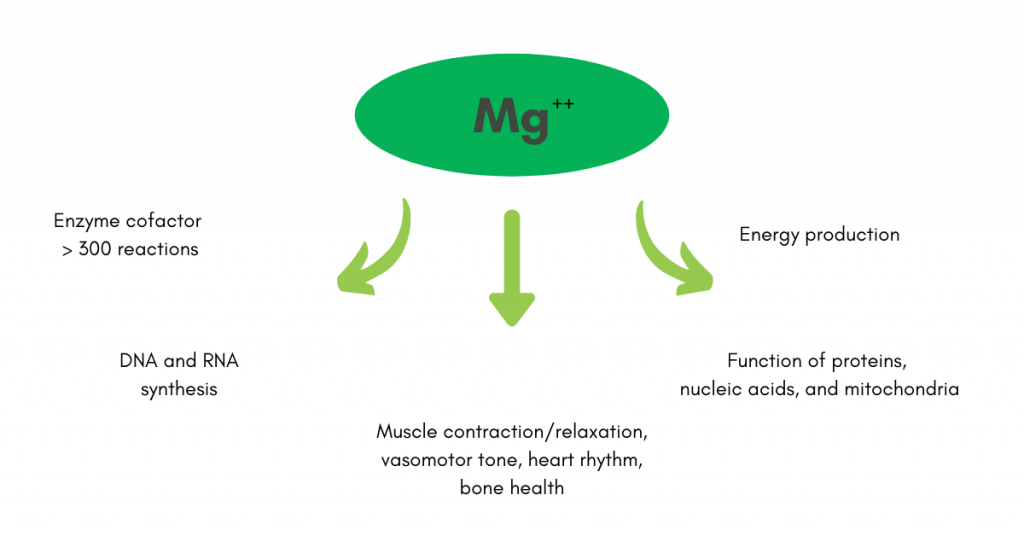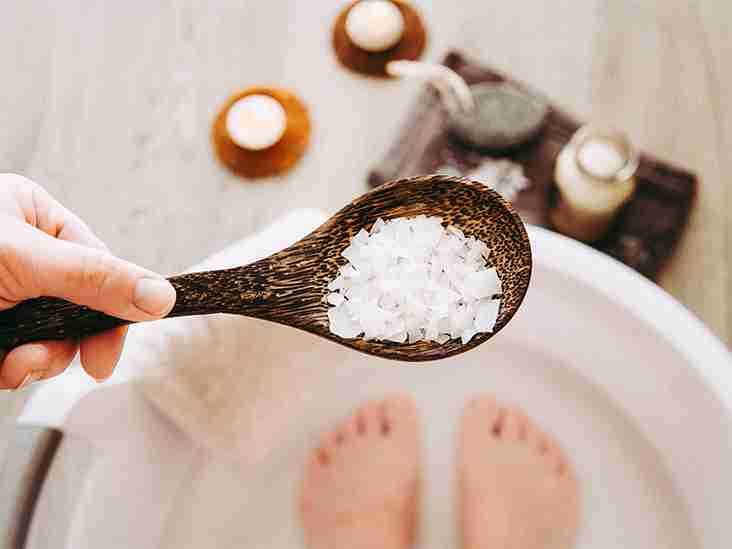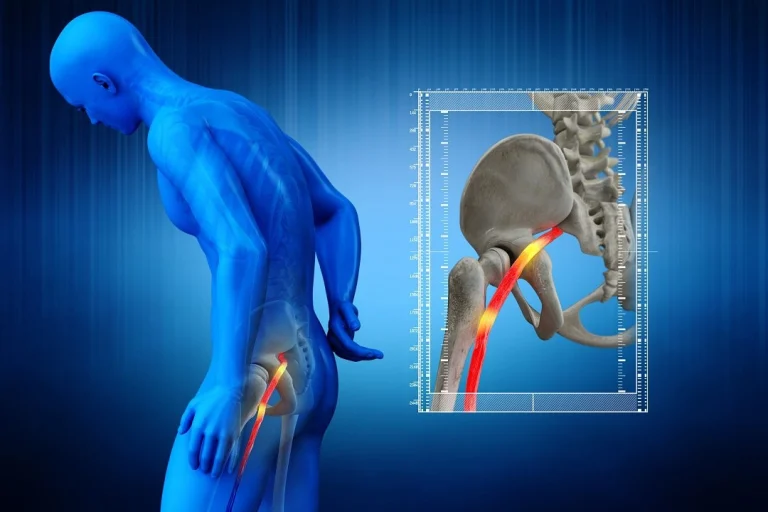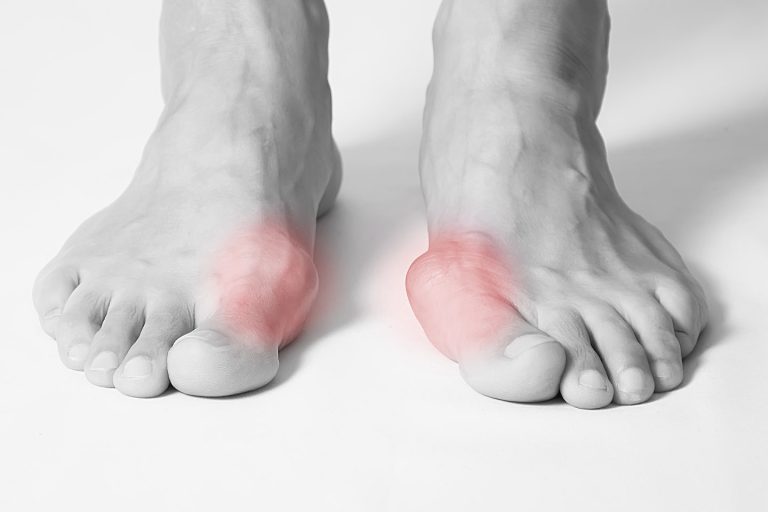Is Epsom Salt Good for Sciatic Nerve Pain
Introduction
Sciatic nerve pain, characterized by a shooting pain from the lower back down one leg, can be excruciating. Patients often seek various remedies to alleviate this discomfort, including the use of Epsom salt baths. But, is Epsom salt good for sciatic nerve pain? Let’s delve into the science to find out.
Understanding Sciatic Nerve Pain
Firstly, it’s crucial to comprehend the nature of sciatic nerve pain. Sciatica occurs when the sciatic nerve, the longest nerve in the body, gets compressed or irritated. This compression can result from various factors such as a herniated disc, spinal stenosis, or muscle spasms.
The Role of Epsom Salt
Many people turn to Epsom salt baths as a potential remedy for sciatic nerve pain. Epsom salt, scientifically known as magnesium sulfate, is believed to possess anti-inflammatory properties. Advocates claim that soaking in Epsom salt can help relax muscles, reduce swelling, and alleviate pain.
Scientific Evidence: Does it Support the Claim?
While anecdotal evidence may suggest benefits, scientific research on the effectiveness of Epsom salt specifically for sciatic nerve pain is limited. Studies exploring the direct impact of Epsom salt baths on sciatica are scarce, making it challenging to draw definitive conclusions.
Magnesium and Muscle Relaxation
Nevertheless, magnesium, a key component of Epsom salt, plays a role in muscle function and relaxation. Magnesium deficiency has been linked to muscle cramps and spasms, which are common symptoms associated with sciatic nerve pain. Therefore, it’s plausible that replenishing magnesium levels through Epsom salt baths could potentially help alleviate muscle-related discomfort.

The Importance of Hydration
Moreover, soaking in warm water, coupled with Epsom salt, can promote relaxation and improve circulation. Proper hydration of tissues can aid in reducing inflammation and easing nerve irritation, potentially providing temporary relief from sciatic pain.
Combination Therapies
In addition to Epsom salt baths, patients often employ a combination of therapies to manage sciatic nerve pain. This may include stretching exercises, TENS therapy, physical therapy, Decompression therapy, over-the-counter pain medications, and in severe cases, corticosteroid injections or surgical interventions.
Considerations and Precautions
Before incorporating Epsom salt baths into your sciatica management plan, it’s essential to consider a few factors. Firstly, individuals with certain medical conditions such as kidney problems should consult their healthcare provider before using Epsom salt, as excessive magnesium absorption can be harmful. Additionally, prolonged exposure to hot water can exacerbate inflammation in some cases, so it’s crucial to monitor water temperature and duration of baths.
Seeking Professional Guidance
While Epsom salt baths may offer temporary relief for some individuals, they are not a substitute for professional medical advice and treatment. If you’re experiencing persistent or severe sciatic nerve pain, it’s vital to consult a healthcare professional for proper diagnosis and management.
The Role of Medcareline.com
At Medcareline.com, we understand the challenges faced by sciatica patients in finding reliable information and effective treatments. Our website offers valuable resources and informational posts tailored to help individuals better understand and manage their sciatic nerve pain. From expert articles to community forums, we strive to empower patients to make informed decisions about their health and well-being.
Conclusion: Is Epsom Salt Good for Sciatic Nerve Pain?
In conclusion, while Epsom salt baths may offer some relief for sciatic nerve pain, the scientific evidence supporting their efficacy is limited. However, the magnesium content in Epsom salt may contribute to muscle relaxation, which could potentially alleviate some symptoms associated with sciatica. Ultimately, the effectiveness of Epsom salt baths may vary from person to person, and it’s essential to approach their use with caution and in conjunction with other treatment modalities. For comprehensive care and guidance on managing sciatic nerve pain, consult with a healthcare professional and explore reputable resources like Medcareline.com.
Frequently Asked Questions
Q1: How often should I take an Epsom salt bath for sciatica relief?
A: There’s no one-size-fits-all answer to this question. Some individuals may find relief with daily Epsom salt baths, while others may benefit from less frequent sessions. It’s essential to listen to your body and adjust the frequency based on your comfort level and response to treatment.
Q2: Can I use Epsom salt in other forms, such as topical creams or oils, for sciatic pain?
A: While Epsom salt baths are the most common method of using magnesium sulfate for pain relief, some topical creams and oils contain magnesium sulfate as an active ingredient. These products may provide localized relief when applied directly to the affected area. However, their efficacy for sciatica specifically may vary, and it’s advisable to consult with a healthcare professional before use.
Q3: Are there any dietary sources of magnesium that can help with sciatic nerve pain?
A: Yes, magnesium-rich foods such as leafy greens, nuts, seeds, whole grains, and legumes can contribute to your daily magnesium intake. While dietary sources may not provide immediate relief like Epsom salt baths, maintaining adequate magnesium levels through a balanced diet can support overall muscle health and potentially reduce the frequency or severity of sciatic pain.
Q4: Can Epsom salt baths interact with medications I’m currently taking for sciatica?
A: Epsom salt baths are generally considered safe for most individuals, but it’s essential to be aware of potential interactions with medications. If you’re taking any prescription medications for sciatic nerve pain or other conditions, consult with your healthcare provider before incorporating Epsom salt baths into your routine. They can advise you on any potential risks or adjustments needed.
Q5: Are there any additional tips for maximizing the benefits of Epsom salt baths for sciatica?
A: To enhance the effectiveness of Epsom salt baths, consider incorporating relaxation techniques such as deep breathing, meditation, or gentle stretching while soaking. Additionally, maintaining proper hydration before and after the bath can help optimize the benefits of magnesium absorption and promote overall well-being.







